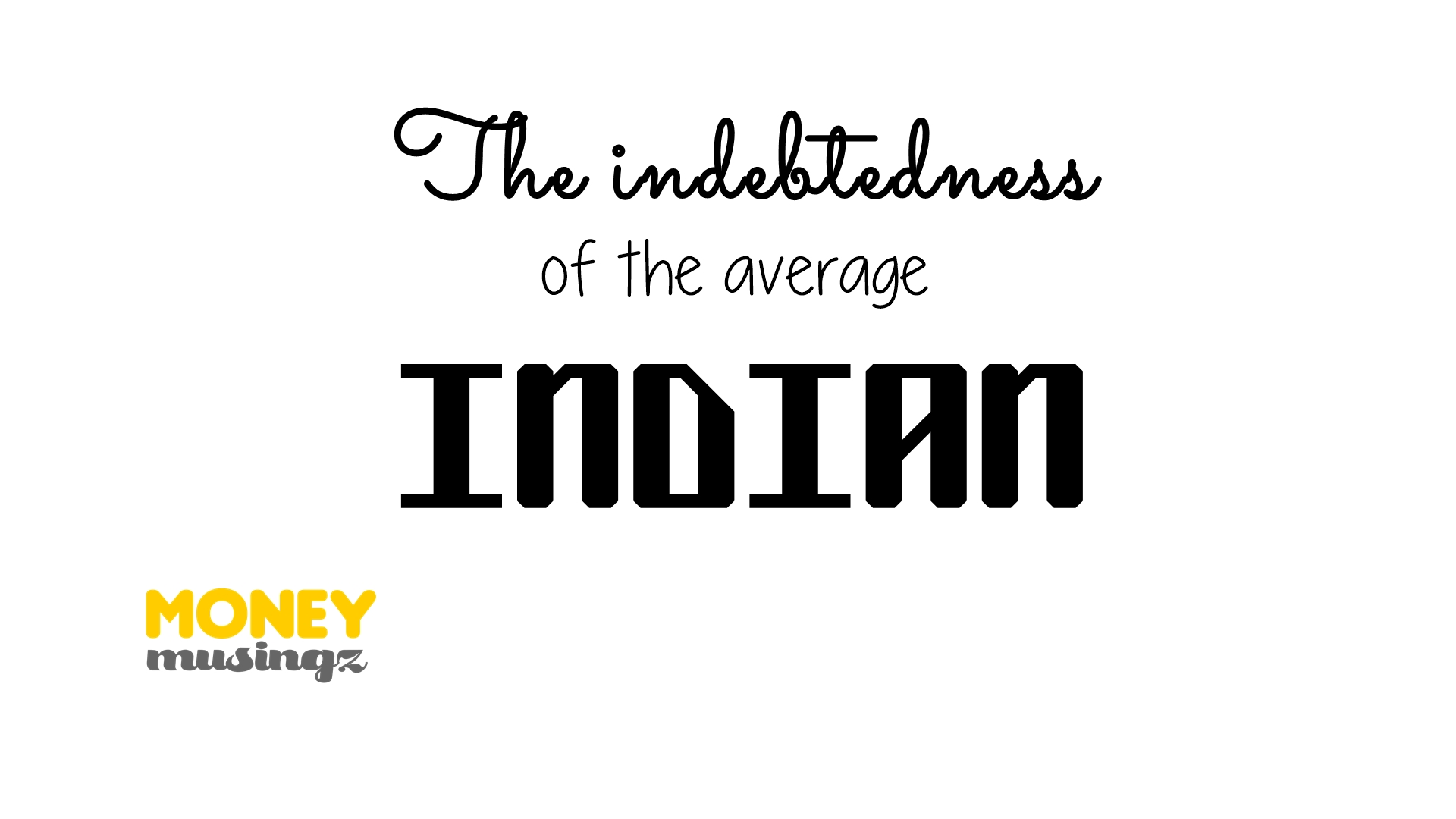The indebtedness of the average Indian, a net saver, is on the rise. Retail loans have surged over the past five fiscal years. The rise in the number of loan accounts is lower, an indication that the loan value per account has increased.
Granular data from the Reserve Bank of India’s trend and progress of banking report shows that in the last five fiscal years, retail loans have clocked a compound annual growth rate of 16.4%. But CAGR of number of loan accounts is just 7.5%.
Part of the rise in borrowings could also be due to rising incomes. As individuals earn more, their ability to service loans of a higher ticket size increases.
That said, the average Indian is borrowing far higher than what the growth in his income would warrant. This is evident from the higher growth in per capita loan amount versus per capita GDP growth. In FY18, the per capita GDP rose 8.5%, while the per capita loan amount increased 17.9%.
The indebtedness of the average Indian citizen is rising, led by a sharp surge in unsecured personal loans. Indians have taken the route of EMIs to fulfill all their desires, from international travel to luxury goods.
The unbridled growth in these loans for banks as well as non-banks is a clear signal. Public sector banks saddled with dud corporate loans are more than happy to lend to safer retail borrowers given that historically bad loan ratios in this book have not been more than 2%. Credit scores have made it easier for individuals to access loans.
Besides borrowing for such discretionary expenses, Indians have borrowed to upgrade their vehicles as well. The growth in the number of auto loan accounts was 13%, while the outstanding amount grew by 25%.
Housing loans follow but the rise here is low, corroborating the stagnation in the real estate market.
There is enough evidence that the average Indian is not loathe to borrow and spend.
Analysts and bankers have raised concerns over the surge in unsecured loans. Retail borrowers could feel the pinch as interest rates have begun to rise. Unsecured loans are most sensitive to interest rate movements and typically carry a higher rate compared with other loans such as housing and auto.
But there is still no alarm as delinquencies haven’t risen. The comfort is largely driven by the near 2% bad loan ratio, while those for farm loans, industry loans and even loans to services is far higher.


